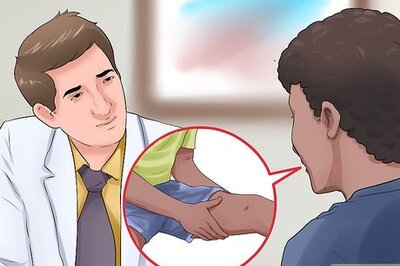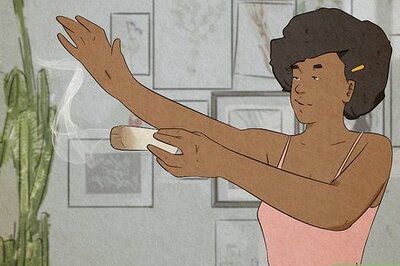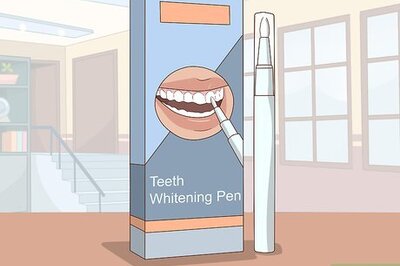
views
The initial rush of relief material for Uttarakhand has come down to a trickle more than a month after the rain-flood tragedy, leaving NGOs wondering how to provide for thousands of locals stranded in the remote villages of Kedarnath and other affected areas.
The few NGOs working on the ground and supplying relief material say that after a month, the aid and donations have begun to dwindle.
"We forget easily. Along with the dying wave of sympathy, the funds for those affected are also dwindling. The relief material and funds are trickling down. There are still people who don't even have matchboxes to light their stoves; people have lost earning members in their families; some have lost their entire home and life savings in the floods; others lost their means of livelihood. They need help," Avenash Datta, country head (Programmes), HelpAge India, told IANS.
According to the NGOs, the relief material with them can last only till July 25, and after that many households will run out of dry rations and other essentials like match boxes to light stoves.
Bhupendra Lal, 35, his wife and two children were surviving on rain water for three days in a village in Tehri, until a bag of relief material brought by a volunteer reached them. Thousands of flash-flood survivors like Lal's family who braved nature's fury and are cut off from the mainland are now at the mercy of intermittent relief.
The NGOs are trying hard to reach remote and inaccessible villages for carrying out relief work. They say in the initial few weeks after the June 17 tragedy there was a "contest" between political parties and voluntary organisations in sending relief material, which was not streamlined in a systematic manner, as a result of which hundreds of needy people did not receive aid.
"Though our country is prone to disaster, we are not prepared. We don't think, and there is no mechanism or control room to direct relief. A centre or hub is necessary in Dehradun or Rishikesh to unload all the relief materials and then distribute it in a systematic manner; which would then be taken in smaller vehicles to remote areas and from there be passed on to volunteers who can reach the survivors," Anshu Gupta, founder director of NGO Goonj, told IANS.
Goonj has set up hubs in Guptkashi and Uttarkashi, from where trucks loaded with relief material travel up to a point. The aid is then loaded on to smaller vehicles that travel till the last motorable stretch before volunteers take up the responsibility, carrying it on their backs for four to five kilometres in mountainous terrain with the help of locals and gram pradhans (village heads) to reach the affected villagers.
"We believe in a long-term commitment. The initial few days was the rescue part and even then, tourists and pilgrims were the focus. The locals' livelihood which is dependent on pilgrims and tourism has been hit 100 percent. They need long-term care," Gupta said.
He also urged the people to think about others' sensitivities before donating their old discarded and used clothes and other household stuff, saying that disaster relief is not a place that one should use to get rid of discarded goods.
"We have received piles of old undergarments and dirty mattresses and old clothes. People should think before sending such stuff. Just because people are stuck in a disaster doesn't mean that they can wear old clothes and use substandard things," Gupta pointed out.
He added that they had enough biscuit packets and the incessant rains had led to a good supply of drinking water with the abundant fresh water streams. So waterbottles are not needed as a relief material.
Talking about the plight of the elderly, Help Age India said in many villages the elderly were left behind when people fled the deluge, especially in Kalimath near Kedarnath.
Save the Children, another NGO, is planning to create child-friendly spaces in the state as incidents of trafficking are high. In these places, the scores of children stranded in the floods can be safely left with trained caregivers.
"The focus is right now shifting from tourists and pilgrims to the local communities. The devastation is huge; the rehabilitation and relief work should be proper and focussed. Due to incessant rains, the small bridges which connect villages have collapsed. It will be tough to reach the villagers who are cut off, but we will continue our rehabilitation work," Devendra Tak, national manager, Save the Children, told IANS.
The essential relief material needed by the NGOs include saris, clothes, blankets, tarpaulin sheets, woollens, dry rations (sugar, wheat powder, rice, spices, chilli powder, turmeric powder, coriander powder, milk powder), feeding bottles, buckets, cooking pans, washing soap, detergent powder and water purifier.
Those wishing to contribute can seek information at the websites of goonj.org, savethechildrenindia.org, and helpageindia.org.


















Comments
0 comment